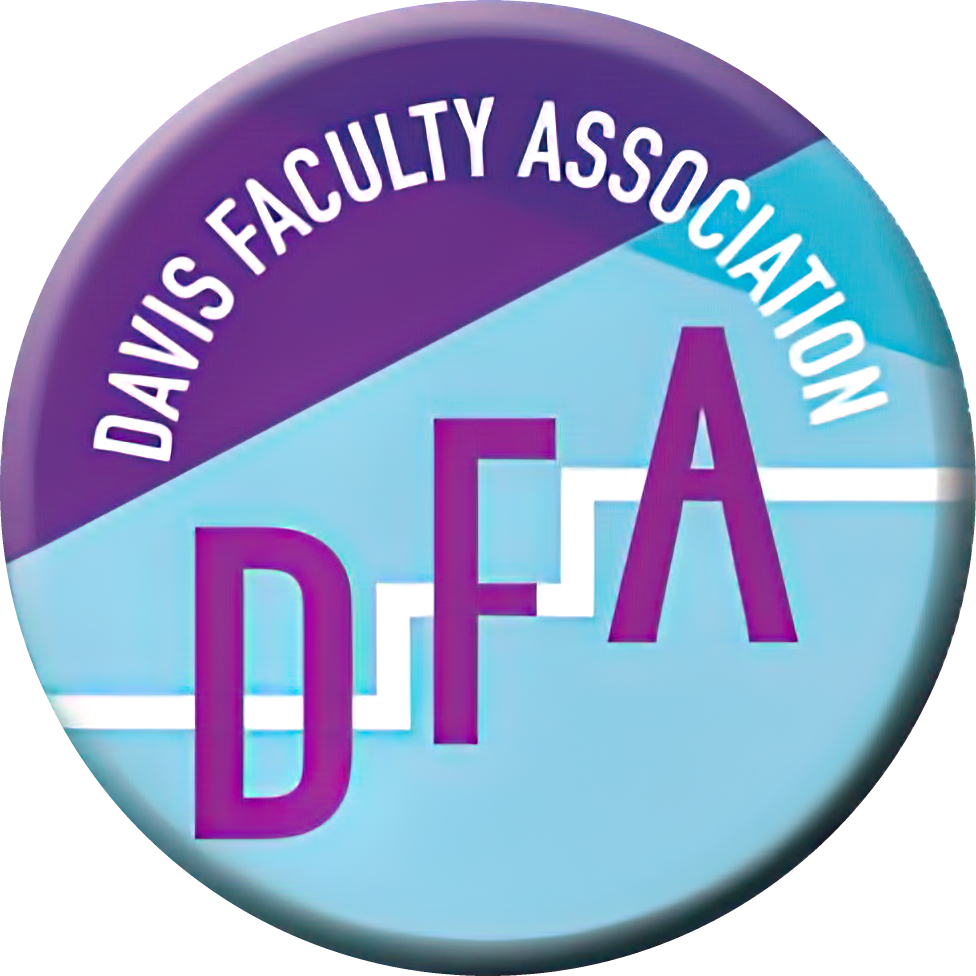by Ian Kennedy
Our current difficulties find their parallel, almost eerily so, in an earlier time: the Depression years of the 1930’s. A history of UC from 1868 to 1968 by Verne Stadtman reveals some very interesting facts that may help us place our current situation into context. Below is an excerpt from the book – and try to overlook the gender bias that grates on modern sensibilities. The salient fact in our history, in my opinion, relates to the Regents refusal to raise student fees, but to compensate with a cut to faculty salaries.
————–
From “The University of California” by Verne A. Stadtman, McGraw-Hill, 1970 Chapter 17, p. 259.
California could afford very little in the 1930s and state appropriations for the operation of the University dropped from $9,972,000 in 1929-1932 to $8,632,000 by 1932-1933. Anticipating further cutbacks in the 1933-1934 University appropriation, President Sproul memorialized all department chairmen on August 3, 1932, to exercise “most exigent economy during the year”, and in December proposed the creation of a faculty Committee on Educational Policy to help keep department budgets at a level which could be met by the state in its current financial position.
Throughout the spring of 1933 Sproul campaigned against further reduction of the University budget. In his Charter Day banquet address to alumni at the Hotel Oakland on March 23, he claimed that the ratio of the University’s appropriations to state expenditures in the decade just past had been decreased by 15%, while that of other agencies had increased from 44-912%. He also pointed out that University faculty salaries were far lower than the average of those in the seven leading universities of the United States-Chicago, Cornell, Illinois, Michigan, Houston, Stanford, and Columbia.
On April 5, he went on the radio to state the University’s case against cutbacks. For 1931-1933, he said, the state’s appropriation to the University was $17,035,891 and that, despite an 8% enrollment increase, the University had already acceded to a request from the Governor to make do with $3 million less for 1933-1935 because of the financial condition of the state. Moreover, the University had agreed to cut nonacademic salaries so that they would be in line with those of employees of other state government departments. Despite these university concessions, Sproul said, the Assembly Ways and Means Committee sought further reduction by over $2 million. If such cuts were made, Sproul warned, there would have to be drastic curtailment of programs in the College of Agriculture, practically all indigent patients would have to be turned away from clinical treatment at the School of Medicine, and such programs as the Institute of Child Welfare and Bureau of Public Administration would also suffer. Worst of all, students would be penalized. “Youth comes but once in a lifetime,” Sproul said, “and must be given its opportunity for higher education today or not at all.”
Following Sproul’s broadcast, students in Berkeley and UCLA wrote home to their parents, asking them to tell their legislators to refuse to pass further budget cuts. The California Alumni Association and Berkeley Chamber of Commerce voted resolutions condemning further budget reductions. Farmers sent telegrams to legislators and farm organizations, protesting the threatened curtailment of agricultural services rendered by the University. One assemblyman reportedly received 200 telegrams in two days on the subject.
The showdown came April 29, 1933, after two days and nights of consideration of the bill, when appropriations greater than those recommended by both the Assembly Ways and Means Committee and the Senate Finance Committee were passed on the floor. With this appropriation and other funds, the Regents put together a final budget of $9,421,465 for 1933-1934-about a third less than the one for the previous year. To meet the limitations of this budget, the Regents considered raising student fees but soon abandoned that idea, curtailing university activities and reducing academic salaries instead.
President Sproul hoped to obtain appropriations for 1935-1937 that were sufficiently large to restore the salary cuts that had been made as a result of the 1933 economies. But, although the University’s enrollment was increasing, the state’s financial circumstances were still desperate, and Frank Merriam, who had succeeded Governor Rolph in 1934, insisted that the appropriations 1935-1937 not exceed those of the previous biennium. Taking the University’s case directly to the Legislature, President Sproul received a special appropriation of $1,455,000 in addition to the general allotment, but Governor Merriam chopped off $455,000 of that amount before he signed the measure.
By 1939, the imposition of rigid economies upon the University was reaching a critical point. The 1937-1939 appropriation was about $2 million greater than the biennium before, but student enrolments had also increased, and the University had not yet regained the loss suffered in 1933-1935. The ratio of faculty members to students was steadily falling, and the replacement of key men of the faculty who resigned, retired, or died was often postponed. In one small department, all five members resigned to accept better paying offers elsewhere. The miracle was that despite the fact that faculty salaries were held below the 1931-1932 level, “a sound nucleus of outstanding men had been maintained in virtually every field.”
After the United States entered World War II, the state legislature continued to vote somewhat modest appropriations for the University in view of declining enrolments and the curtailment of many programs. The University’s total operating income increased sharply, however, as a result of research funds made available by the Federal government.
